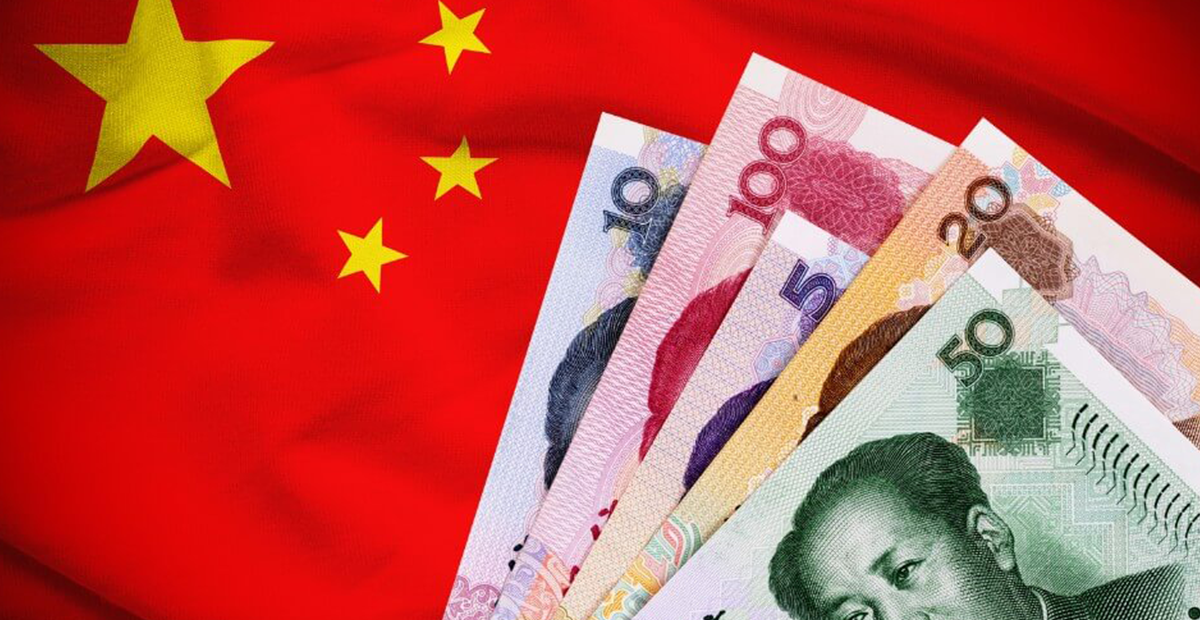China’s Yuan Softens Versus Dollar Amid Growing Yield Gap
The Chinese yuan weakened against the U.S. dollar, influenced by an increasing yield differential and diverging monetary policies from the U.S. Federal Reserve and the People’s Bank of China (PBOC), posing challenges for the currency. Since December 27, the spread between yields on China’s 10-year government bonds and U.S. equivalents has grown by 24 basis points to 144 basis points. Market adjustments reflect anticipation of the Fed’s less aggressive policy stance and the likelihood of rate cuts by the PBOC.
On the same day, yields on China’s 10-year government bonds dipped to their lowest since April 2020, reflecting the impact of policy differences on the yuan, particularly in offshore markets. The PBOC’s balance sheet actions, including expectations of reduced interest rates and loan enhancements via the pledged supplementary lending program, are seen as efforts to provide relief, particularly to the property sector. This is evident from the PBOC’s 350 billion yuan injection into policy banks in December to bolster the housing market.
Traders have noted unusually high U.S. dollar reserves held by onshore exporters, which are anticipated to be converted into yuan as the Lunar New Year approaches, potentially strengthening the yuan against the dollar towards late January or early February.
The PBOC set the yuan’s daily reference rate at 7.1029 per dollar, slightly weaker than the previous day’s fix of 7.0997. The spot yuan rate opened at 7.1675 per dollar and stood at 7.1684 midday, marking a slight depreciation from the last session’s close. Meanwhile, the global dollar index edged up slightly to 102.457 from 102.422.
The currency markets are also eyeing the upcoming U.S. payroll data, which is expected to provide further insight into the Fed’s future policy decisions and could influence the yuan-dollar exchange rate. The offshore yuan was observed trading at a weaker level compared to the onshore rate, at 7.1783 per dollar.











